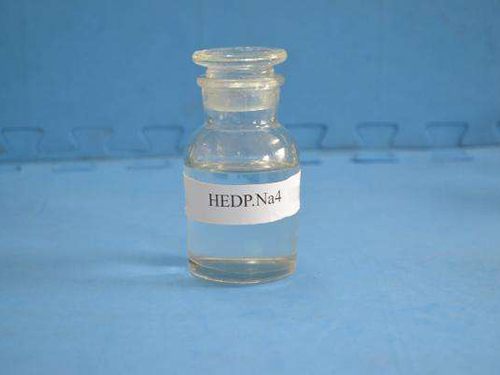difference between flocculant and coagulant
The Difference Between Flocculants and Coagulants
In various industries, especially in water treatment, the terms 'flocculant' and 'coagulant' are frequently used
. Although they are often mentioned together and serve similar purposes, they are distinctly different substances with unique functions in the treatment process.Coagulants are chemical agents that promote coagulation; that is, they help in the aggregation of small particles into larger clusters, or flocs. These particles, which are often colloidal in suspension in water, can be made up of organic materials, dirt, fine sediments, and microorganisms. Coagulation is usually the first step in the water purification process. The most commonly used coagulants include aluminum sulfate (alum), ferric chloride, and polyaluminum chloride. When these substances are added to water, they neutralize the charges on the suspended particles, allowing them to bind together. The result is that these previously stable particles clump into larger masses, which can then be removed more easily from the liquid.
Flocculants, on the other hand, are used after coagulation in the water treatment process. Their primary purpose is to enhance the agglomeration of the already formed flocs, resulting in larger and denser particles that settle more quickly. Flocculants are typically polymers — large molecules that can trap smaller particles. They work by bridging the gaps between the coagulated particles, effectively forming a more substantial mass. Common flocculants include polyacrylamides and natural substances like starches and gums. The addition of flocculants improves the efficiency of sedimentation in clarifiers, making the removal of suspended solids more effective.
difference between flocculant and coagulant

One of the key differences between coagulants and flocculants lies in their chemical properties and mechanisms of action. Coagulants usually have a strong ionic character, and their action is typically rapid, with effects observable within minutes of their introduction into the water. In contrast, flocculants, being polymeric in nature, often require a longer time to act as they facilitate the formation of stable flocs that settle. Hence, the timing and application of these two agents must be carefully managed in treatment processes.
Additionally, the selection of coagulants and flocculants often depends on water chemistry, including factors like pH, turbidity, and the presence of specific contaminants. Operators must be knowledgeable about these factors to choose the most effective agents for a given situation.
In conclusion, while both flocculants and coagulants play vital roles in the water treatment process, they serve different purposes. Coagulants initiate the process by forming larger particle clusters, while flocculants enhance those clusters to facilitate easier separation from the water. Understanding the distinct functions of each is essential for effective water treatment, impacting not only efficiency but also the quality of the treated water. Proper application of both substances can lead to cleaner, clearer, and safer water, ultimately benefiting public health and environmental sustainability.
-
The Power of Isothiazolinones in Modern ApplicationsNewsMay.08,2025
-
Flocculants in Water TreatmentNewsMay.08,2025
-
Flocculants and Chemical Solutions: What You Need to KnowNewsMay.08,2025
-
Flocculants and Chemical Solutions: A Growing IndustryNewsMay.08,2025
-
Essential Chemicals: Polymaleic Anhydride and MoreNewsMay.08,2025
-
Acrylic Polymers: Essential Solutions for IndustryNewsMay.08,2025





